In Victoria’s far south-west, the Red-tailed Black-cockatoo survives in a fragmented landscape of stringybark forests within a matrix of agricultural lands. The birds here are a distinct subspecies of Red-tailed Black-cockatoo, Calyptorhynchus banksii graptogyne or the South-eastern Red-tailed Black-cockatoo, isolated from others of their kind by thousands of kilometres. Their life history is inextricably tied to the landscape of this region, which includes the adjacent areas of South Australia. They feed almost exclusively on the small fruits of stringybark and Buloke, to which their relatively small bills are starkly adapted. They nest most often in the large, deep hollows of very old River Red Gums, many of which were ringbarked in the early 1900s.
Like its fellow Forest Red-tailed Black-cockatoo in Western Australia, the South-eastern Red-tailed Black-cockatoo is endangered. Unlike its counterpart, however, the South-eastern Red-tail hasn’t adapted to any novel food sources, thanks (at least partly) to its small bill. With the population now at about 1,400 birds, the South-eastern Red-tailed Black-cockatoo is one of Australia’s most endangered Black-cockatoos. In terms of having a small population, it is second only to the Kangaroo Island Glossy Black-cockatoo, which sits at around 400 birds (and growing, thanks to an intensive recovery program).
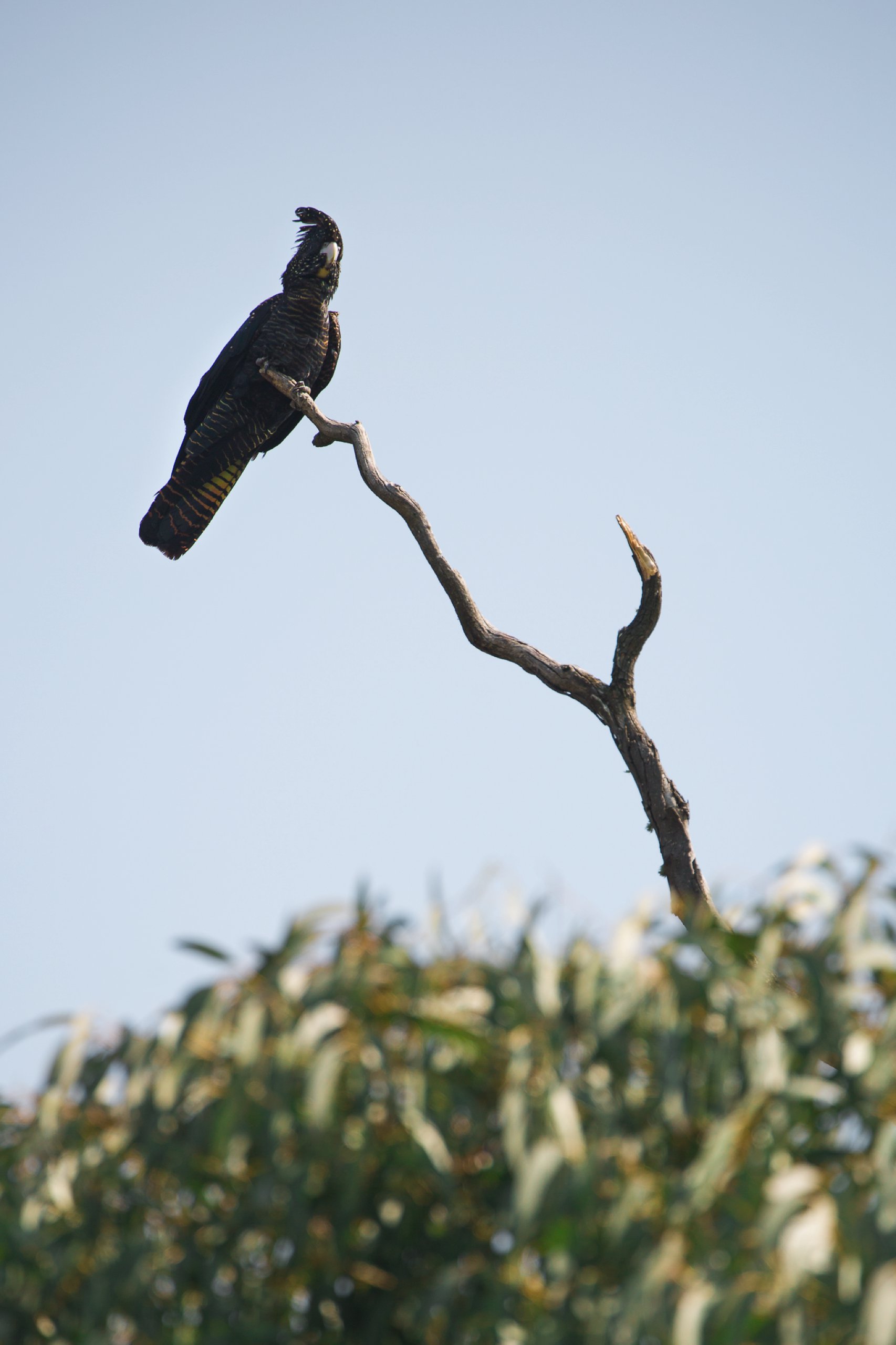

The decline of good quality feeding habitat is thought to be the red-tail’s most significant threat. Buloke has suffered the most severe loss through direct clearing, but the roughly 58% of stringybark that remains in Victoria continues to be threatened by fire. With no sign that the birds can eat anything else, and Buloke being too slow-growing to be planted for short- to medium-term gains, the protection of stringybark is vital to the red-tail’s survival.
I began studying this population of red-tails in early 2016, as part of my PhD research. My project came from the need for better methods to directly monitor breeding, because long-term data collected by the recovery team (a collaboration of scientists, government, non-profit groups, farmers and other stakeholders) suggested a decline in the number of juveniles in the population. Direct nest monitoring by humans had proved unfeasible.
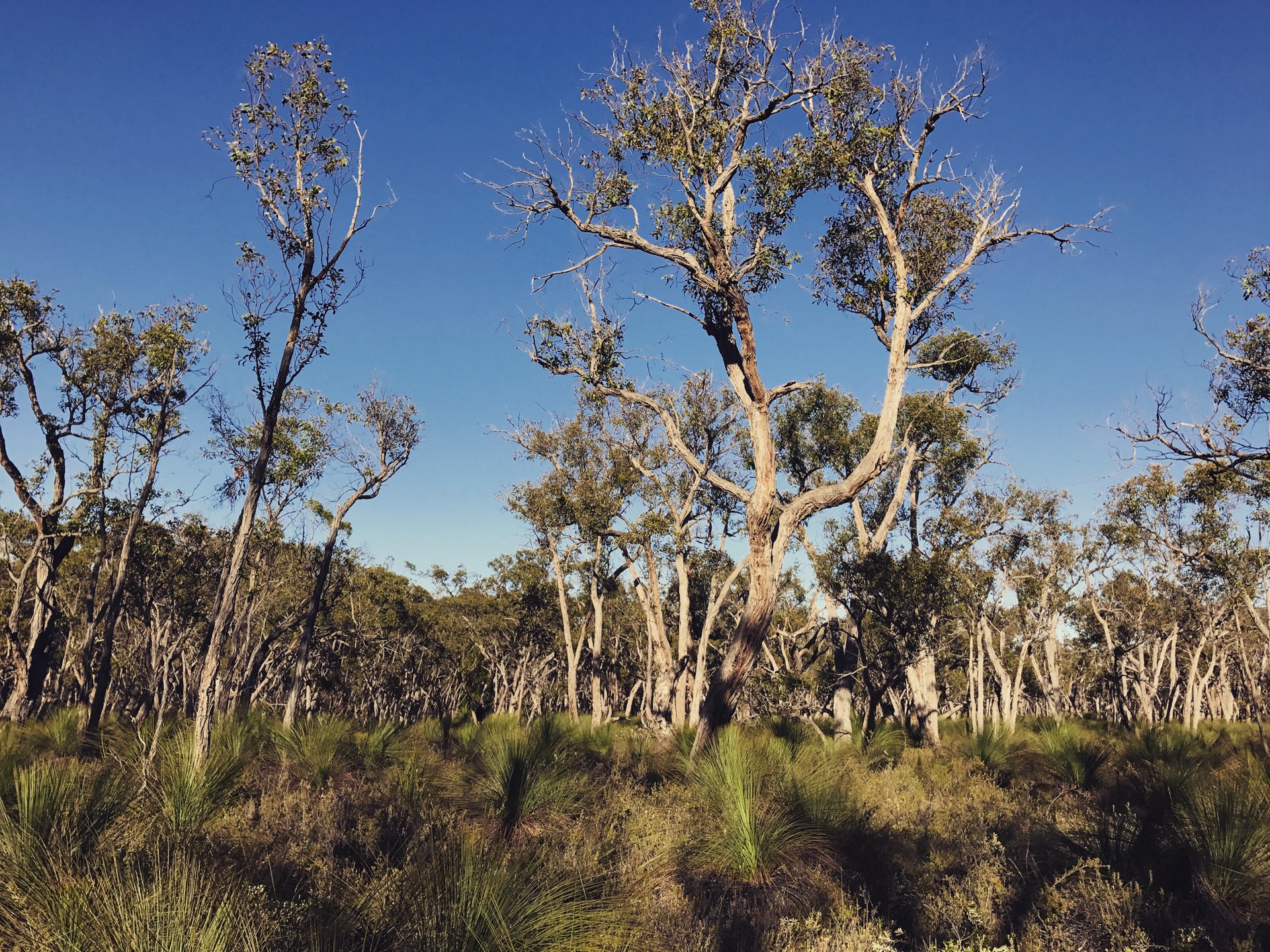
I set out for my first field trip in the spring of 2016 to find as many red-tail nests as I could, my ultimate goal being to develop a way to monitor breeding with nothing but standalone sound recorders. If it worked, this would mean, in practice, that sound recorders at nests could provide us data on breeding behaviour and nest success. To do this, I needed to understand how red-tails behave and vocalise at nests – which meant that I first needed to find lots of nests.
I had planned for months of looking for nests in forests, but I quickly learned that with the help of the farmers who are familiar with red-tails, all my work at nests could be done on private property. In fact, this proved a much more effective approach since almost all known red-tail nests are on private land, because that’s where the big, dead River Red Gums still stand. Engaging with landowners, as it turned out, became the most important tool in my nest-monitoring arsenal. So, while every PhD student dreams of fieldwork in pristine wilderness, I found myself working not in forests but on livestock farms.
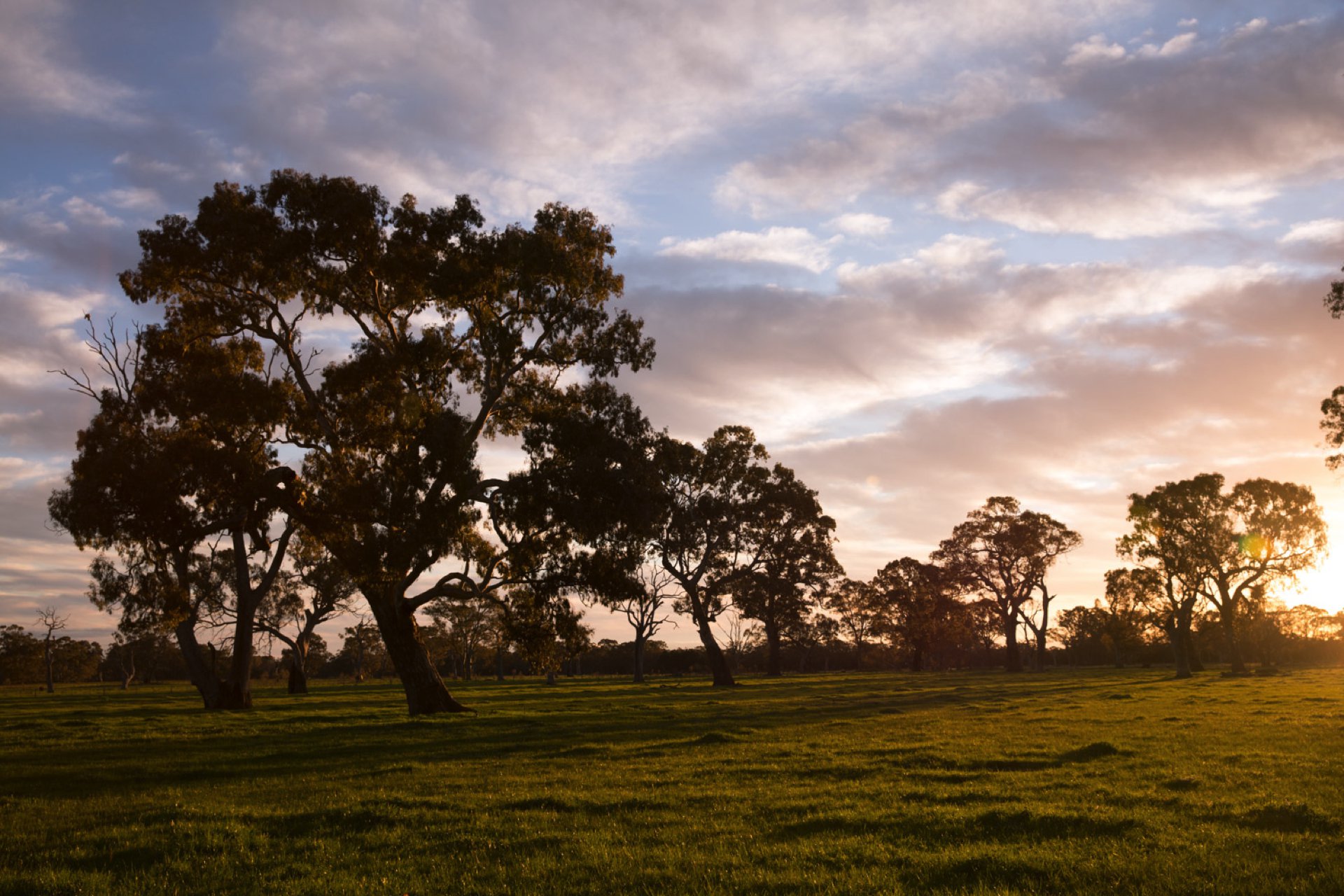
Skip forward to 2018 and I have data from nests on farms across a large part of the red-tail’s range. What’s more, the farmers keep an eye on things for me when I can’t be in the field. It’s the collaboration – and enthusiasm – of the farmers along with me and the recovery team that has allowed this project to move forward.
In a broader context, community involvement is key to this bird’s recovery. While conservation actions are guided by the scientists and stakeholders that form the recovery team, the on-ground work relies on the dedicated investment from community members. Each year, volunteers get together to find red-tail flocks so that the recovery team can collect data on population size, demographics, and the flocks’ locations in the landscape that year. This provides the most important long-term monitoring data that we have for the red-tails. Landowners also volunteer their properties for food habitat revegetation and artificial nest hollow installations.
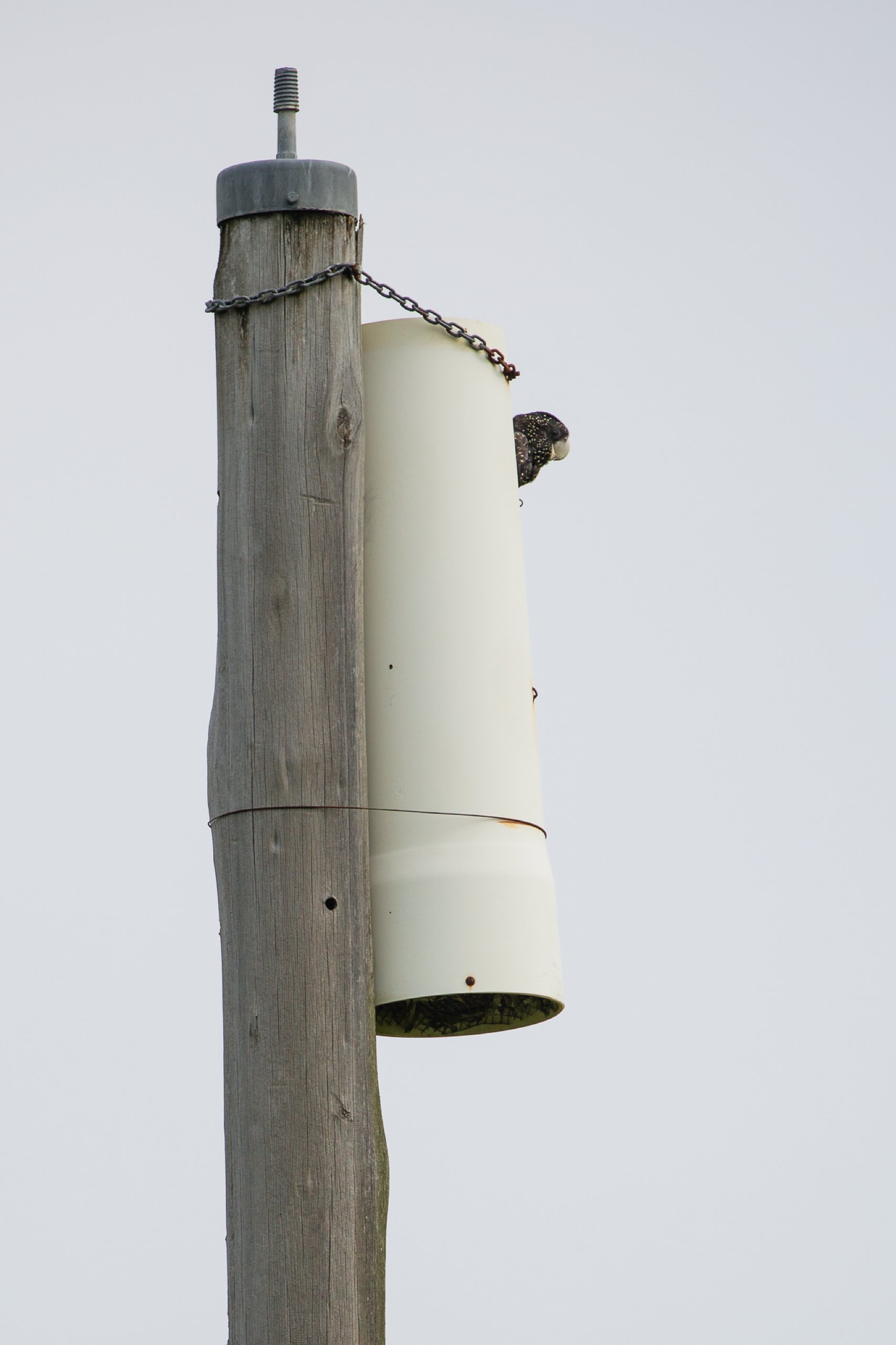
The situation seems bleak for the South-eastern Red-tailed Black-cockatoo. We know that food habitat is being impacted by fire, and we know that natural nest hollows are collapsing. While there is serious cause for concern, optimism arises from the impressive dedication that I’ve witnessed in the red-tail community. If we can better understand how well red-tails breed and where, and then use that knowledge to take actions like revegetation and installing artificial nest boxes on private land, we will have a good chance of promoting better breeding in this endangered population.
Daniella Teixeira’s research was recently featured on an episode of ABC’s Off Track. Make sure you give it a listen here.

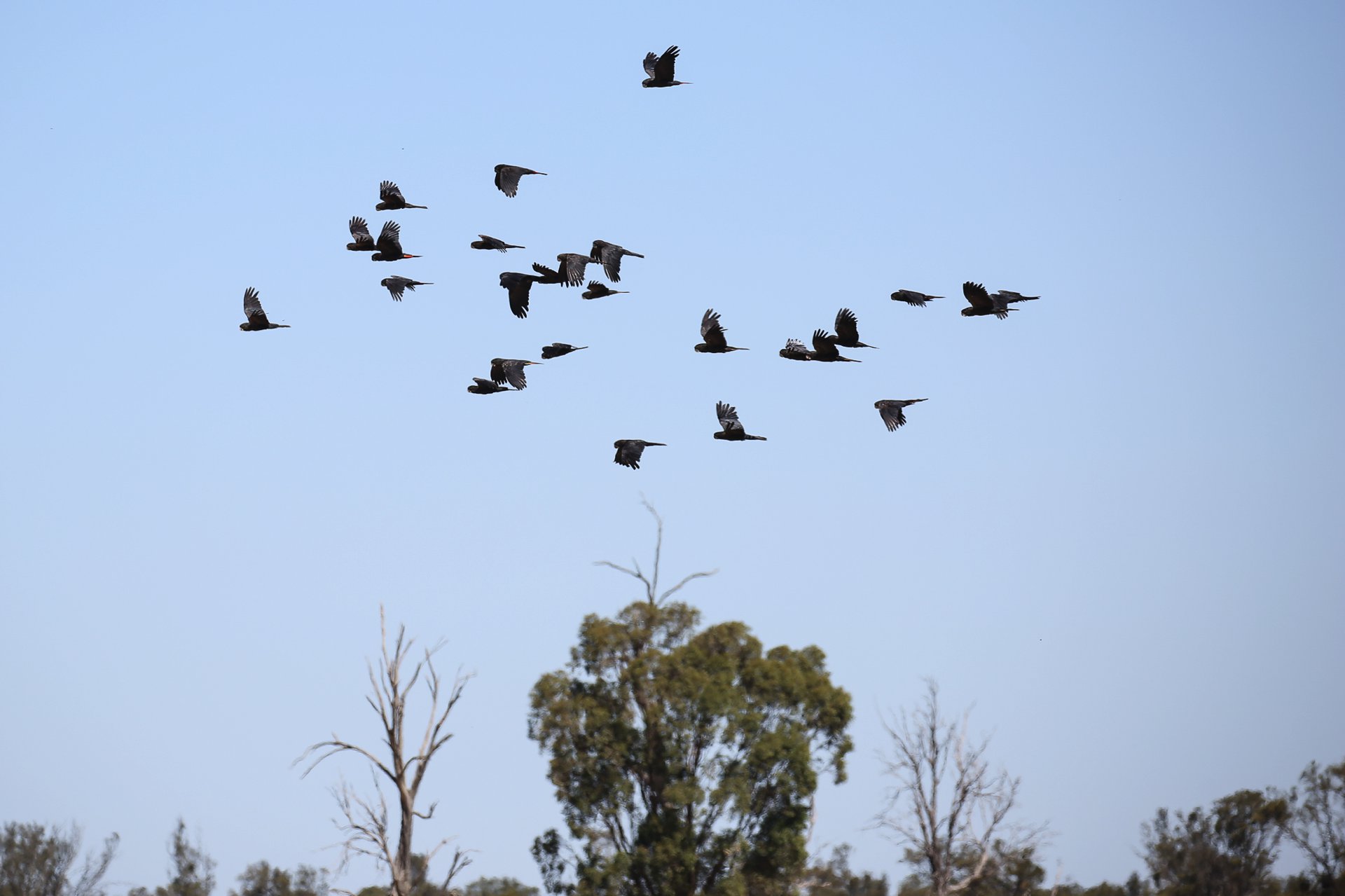
Leave a Reply